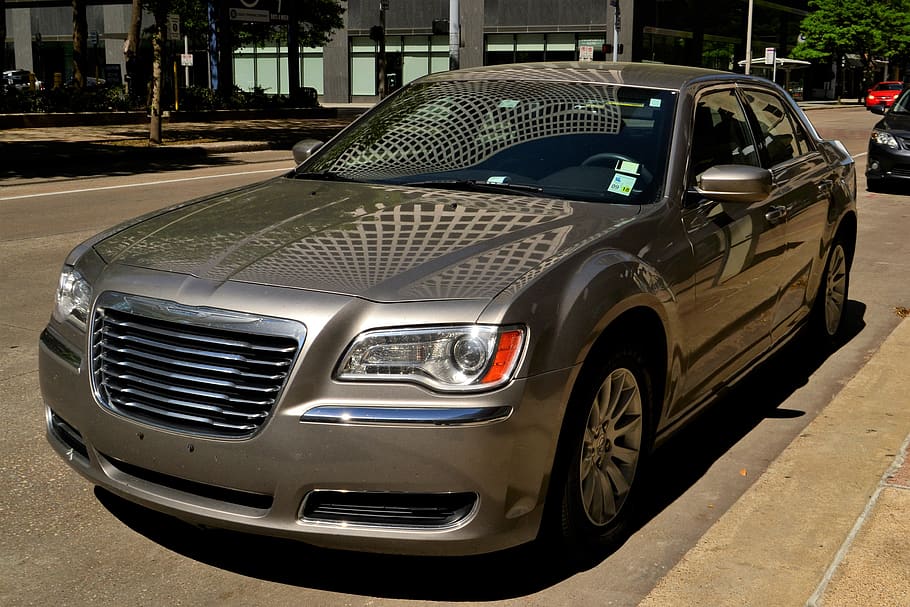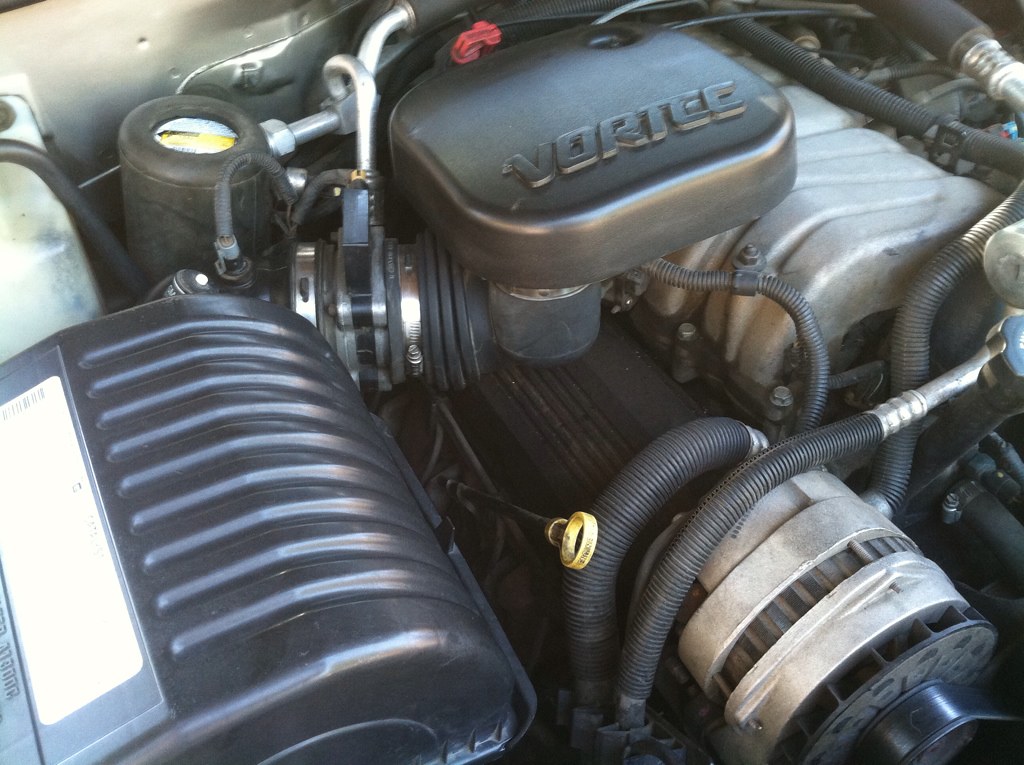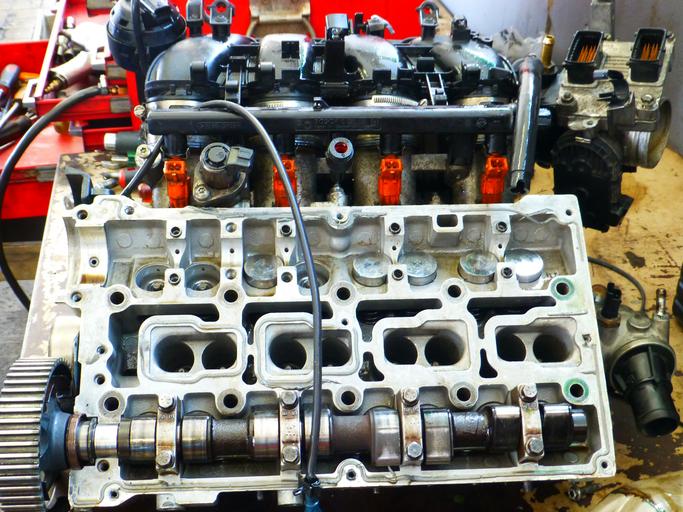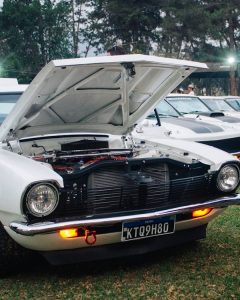Contents
– A little physics: what is torque?
– Focus on engine torque
– Influence of engine characteristics on engine torque
– Differences between engine torque and power
– How to measure engine torque?
The engine is the heart of a car, and its characteristics determine the vehicle’s performance. Here, the engine torque comes to play a vital role and serves as a guarantee of driving comfort, fuel economy, and low pollutant emissions. Here are some explanations.
A little physics: what is torque?
Definition of torque in automobiles

Torque is the product of a force, and the lever arm is constituted by the distance between the point of application of the force and the point on which the torque is exerted.
The torque C, in newtons. meters (N.m), is characterized by the combination of 2 physical quantities: the intensity of a force F in newtons (N) and a distance D in meters (m). Its formula is as follows: C = F x D.
In practice: let’s take a wheel nut to loosen it. Once the wrench is in place, a force F is applied at the end of the wrench; the shortest distance between the point of application of the force (the location of your hand) and the lug nut is the D in the previous formula. Note that the shortest distance represents the line segment forming a 90° angle between the nut and the axis of the force direction.
Increasing the torque: a practical experiment
Let’s experiment. After applying a force to the wrench, the nut does not loosen; there are two solutions:
– increase the loosening force;
– increase the distance between the application of your force and the nut (if you are already at your maximum capacity); in other words, add an extension to your wrench.
There are two ways to increase torque: increase the force or increase the lever arm (or a combination of both).
Focus on torque
As the name suggests, engine torque is a specific torque applied to the engine. It is what is transmitted to the wheels so that the car can move.
– Where does the engine torque force F come from? It is the force exerted by the combustion on the piston head: the better the combustion, the better the engine’s efficiency and its torque.
– Where does the engine torque distance D come from? It comes from the crankshaft – connecting rod – piston architecture: the piston pin is fixed on the connecting rod foot; the other end of the connecting rod (the head) is fixed on the crankpin of the crankshaft, whose axis is offset from the center of the crankshaft (like a connecting rod – crank system).
This assembly allows the linear movement of the piston in the cylinder to be transformed into a rotational motion at the end of the crankshaft. The distance D of the engine torque corresponds to the distance between the attachment of the connecting rod on the crankpin and the central axis of the crankshaft. Increasing this distance, therefore, means increasing the torque.
Important: the distance D is half of a piston stroke that covers 180° from bottom dead center to top dead center; the length of the stroke will therefore influence the engine torque.
Influence of the engine characteristics on the engine torque
The engine torque depends on the combustion force, its quality and the lever arm. The parameters influencing the engine torque will therefore be:
– The bore: the larger the available surface area of the piston, the larger its bore (or diameter) and the greater the force.
– The stroke: the more significant the stroke, the longer the lever arm, increasing the torque proportionally.
– The induced effect: the longer the stroke, for a given linear speed of the piston, the lower the rotation speed will be, allowing quality combustion.
This is why engines are divided into three categories: long stroke (stroke greater than the bore), square (stroke = bore) and super-square (stroke less than the bore).
Differences between motor torque and power

Power in watts (w) or horsepower (hp) has a different definition:
– P: engine work/time.
– P: power in watts.
– Work in joules (J): this is the product of the engine force and the distance covered by the connecting rod on the crankshaft (for one revolution of the crankshaft, it is the length of the circumference covered by the crankpin).
– Time: in seconds.
Note: 1 hp = 736 w
By this definition, power is all the more critical as there are more combustions in a given time. Therefore, more engine speed leads to overconsumption (linked to the multiplication of combustions) and a loss of efficiency (many combustions in a short time, necessarily less elaborate).
The parameters that favour power are a high engine speed and a short piston stroke (square or super-square engine). Therefore engine manufacturers aim at finding a more or less significant compromise depending on the type of vehicle:
– The engine torque will thus be favoured on heavy trucks.
– The compromise will be more shared on a passenger vehicle for driving pleasure.
– More power will be developed to the detriment of torque on competition vehicles such as Formula 1.
Good to know: for a given power, the higher the torque, the lower the speed. On the contrary, the higher the speed, the lower the torque.
By what means is the engine torque measured?
The need to measure the torque is justified for the homologation of vehicles or their preparation for competition or for adding an electronic chip to a production vehicle (which is prohibited). Usually, specialized workshops or design offices carry out these operations.
Engine torque: measurement by calculation
A theoretical measurement can be carried out by calculation, according to the various parameters that are in particular, the vehicle’s characteristics, the energy power of the fuel, the elements influencing the filling of the cylinder (air intake).
Engine torque: measurement on a bench
This type of measurement, more common, is carried out on an engine running on a bench or for a vehicle on a roller bench. The principle is to oppose a brake to the rotating engine to measure the resistant torque. And the formula mentioned above is then used to calculate the other components, such as the power at a given speed.




